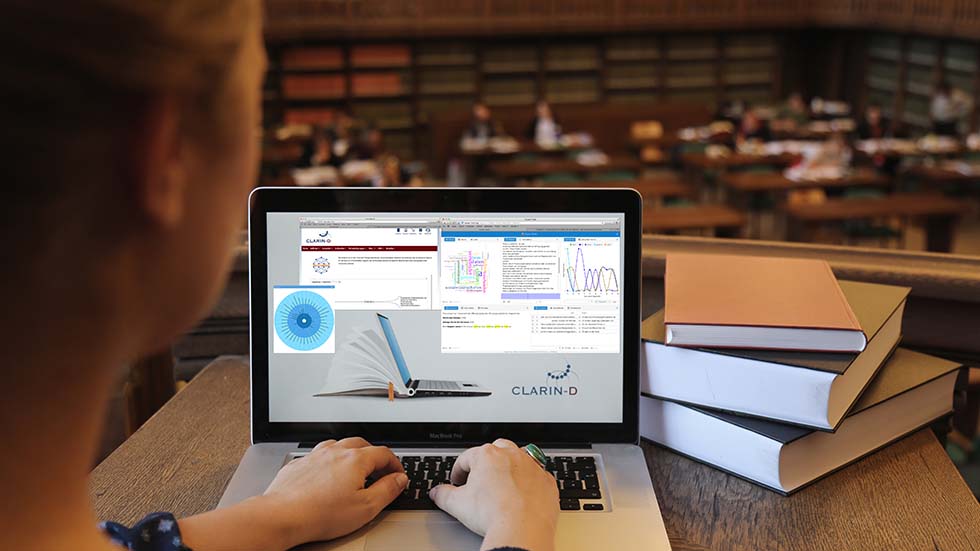Support making RiG more international!
Click here to start the surveySupport making "Research in Germany" more international! Your expertise and commitment are the key to the further development of promoting the German research landscape. We invite you to take part in our online survey and share your valuable experiences and opinions. Duration: 7-10 min.
Please start the survey at the end of your visit.
Research infrastructures
You need the right instruments if you want to accomplish great things. Especially when it comes to basic research and the pursuit of long-term scientific goals, research facilities require major investment and considerable effort. Because of their often unique application potential, these large research infrastructures are usually used in a cross-departmental, interdisciplinary way, including international partnerships.
They enable us to look into the most distant galaxies and analyse the smallest particles of matter. They open up new worlds and help to take science forward.
Germany is home to several of these research infrastructures (RIs) of global significance.
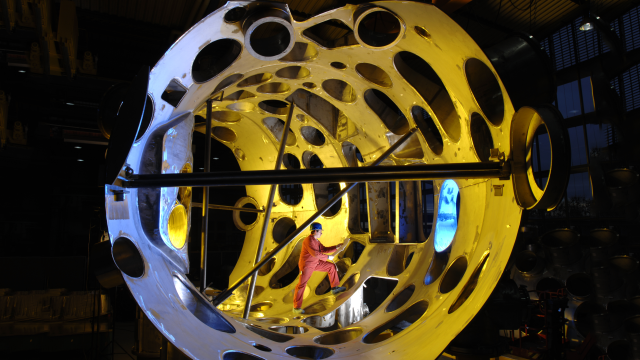
What are research infrastructures?
Research infrastructures are major instruments, resources or service facilities for research in all disciplines that stand out because they are of at least national significance and have a long life – as a rule, more than ten years. Access to them is fundamentally open, and their use is arranged based on research quality standards.
The costs of their development and construction are so high that they require substantial national public funds and therefore justify an extensive national decision-making process. They include, for example, marine and polar research vessels, globally organised climate research infrastructures, life sciences networks, research data infrastructure and platforms for social sciences, humanities and cultural studies.
Important research infrastructures
Germany has many large-scale research facilities that are of national, transnational or even global importance. These research infrastructures include accelerators, probes, telescopes, research ships and supercomputers that are also available to researchers from all over the world.
Wendelstein 7-X (see photograph) is one of these research infrastructures. The nuclear fusion plant is the largest and most modern of its type in the world. It is intended to test whether the fusion of light atomic nuclei can be used as a new energy source for humankind. The facility is located in Greifswald, where it is run by the Max Planck Institute of Plasma Physics (IPP).
Additional significant research infrastructures include the facilities outlined below: Deutsches Elektronen-Synchrotron (DESY), German Climate Computing Centre (DKRZ), Polarstern or CLARIN-D, a digital research infrastructure for language as social and cultural data.
Research infrastructures roadmap
Planning for the future is already underway: Which research infrastructures will be required in the coming years and decades? Which are the most meaningful? Which facilities are urgently needed?
A national roadmap process was launched in 2015 to decide on future research infrastructures. Education and research institutions are invited to contribute ideas for new complex research infrastructures.
New research infrastructures
In 2019 the roadmap incorporated three new projects that aim to contribute towards solving future-relevant and socially important questions in climate research, medicine and materials research. These programmes have therefore joined the list of large-scale infrastructure projects. They have been given strategic and political priority for the research sector and receive extra funding.
The Ernst Ruska-Centre 2.0 at Forschungszentrum Jülich is the national competence centre for high-resolution electron microscopy. Representing one of the world's foremost establishments in the field of electron optics research, the ER-C features several unique tools for nanocharacterisation. This allows the structures and properties of materials such as metals or cellular tissue to be decoded, making it possible to develop novel materials and approaches for new medicinal drugs and therapies.
The new Leibniz Centre for Photonics in Infection Research (LPI) in Jena intends to facilitate new approaches to combating infectious diseases with the aid of innovative light-based diagnostics and therapies. Technology developers, physicians and manufacturers of medical technology work together on processes ranging from the development of technologies to improve the diagnosis and treatment of infections to their use on patients.
ACTRIS-D is the German contribution to a pan-European research infrastructure. It facilitates the monitoring of aerosols, clouds and short-lived trace gases in the atmosphere and researches their complex interactions with the climate, the environment and humans. The Leibniz Institute for Tropospheric Research in Leipzig is in charge of German ACTRIS research efforts.
European participation
Germany already contributes to the funding of joint international research infrastructures, such as the European Space Agency (ESA), Paris, France; the European Southern Observatory (ESO), Garching, Germany; and the European Organisation for Nuclear Research (CERN) in Geneva, Switzerland. Germany provides over 20 per cent of CERN’s budget, making it the largest contributor of funds to the world’s largest research infrastructure in the area of particle physics.
The new National Roadmap for Research Infrastructures also aims to facilitate policy decisions about which European and international research infrastructure projects Germany should participate in.
Detailed portraits of and clear information about those key scientific research infrastructures for the exploration of particles, matter and the universe that have been built and are operated with German participation can be found on the research infrastructures website:
www.fis-landschaft.de (only in German).
Budget
The Federal Government provides the majority of the funding for large-scale equipment in basic research with an annual budget of approx. 1.6 billion euros. Research infrastructures are also developed in international collaborative partnerships. International partners contribute to the funding of such infrastructures.
DESY – Deutsches Elektronen-Synchrotron
Founded in 1959, Deutsches Elektronen-Synchrotron (DESY) is an internationally renowned centre of fundamental research and one of the world’s leading institutions investigating the structure of matter. DESY is a member of the Helmholtz Association and is supported by public funds.
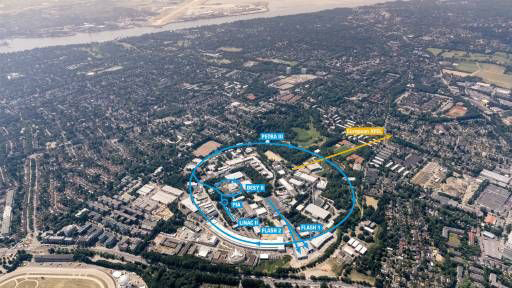
DKRZ – German Climate Computing Center
The German Climate Computing Centre (DKRZ) provides high-performance computing services tailored to climate research. Its mission is to install and operate high-performance computer systems for basic and applied research in earth system sciences and to provide the associated services such as code optimisation, parallelisation, data management and data visualisation.
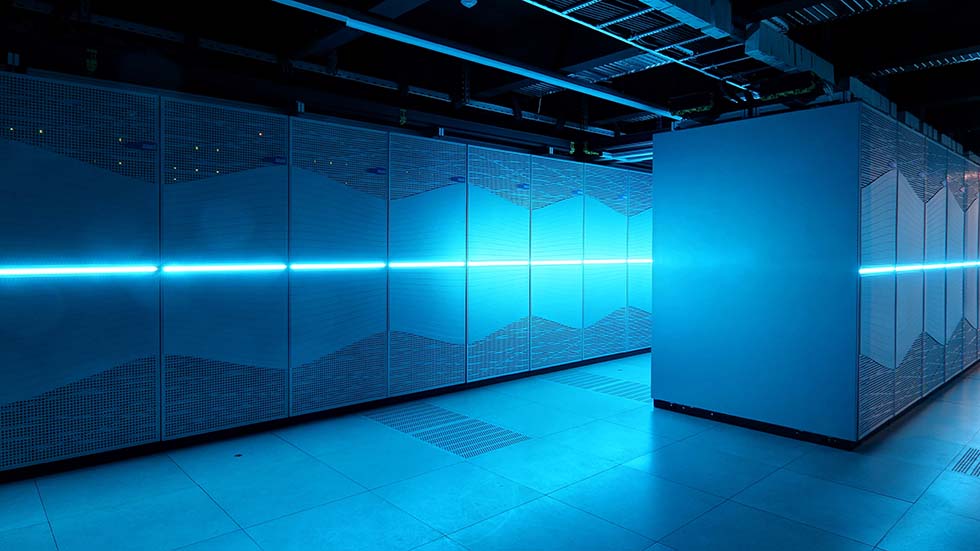
Research vessel Polarstern
The research vessel Polarstern was first commissioned in 1982. Since then it has logged more than 1.8 million nautical miles (3.4 million kilometres), typically operating in the Arctic and Antarctic. Specially designed for working in polar seas, Polarstern is still one of the most sophisticated polar research and supply vessels in the world.
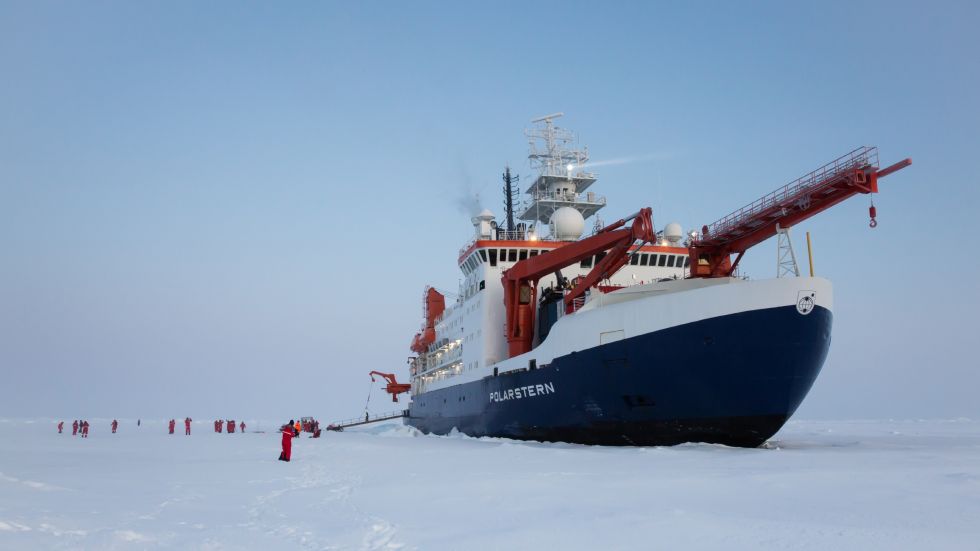
CLARIN-D
CLARIN-D (Common Language Resources and Technology Infrastructure) is a digital research infrastructure for language data used in many areas of the humanities and social sciences. It offers data, tools and services to support research based on language resources and is the national node of the European Research Infrastructure Consortium.
